Above: Looking across the fields at the houses clustered in the valley with the tower of the parish church sited on a hill.
Hempstead is a small village in North Essex, only a few miles from the county boundary with Suffolk and Cambridgeshire. Although it no longer has a village shop or Post Office, the village pub is still in use and it has an interesting connection.
Above: The Bluebell Inn, originally called ‘The Crown’. The oldest part is towards the left. The building was later enlarged, with a second door and additional rooms.
The village inn is known as ‘The Bluebell’. The 17th century timber-framed and plastered building has an L shaped plan. It has a long history and its earlier name was the Crown. Richard Turpin, the highwayman, was born there. He was baptised in the village church on the 21 September 1705 and lived at the inn until the family moved elsewhere in the village. The family would have lived in the gabled end of The Bluebell because the other end of the inn was not added until some time in the 18th century. Dick Turpin grew up in a relatively well-to-do household and received a modest education from the village Schoolmaster, James Smith.
John Turpin, Richard’s father, was a farmer, a butcher and also the innkeeper. There are still original meat hook mounts to be seen in the ‘snug’ as evidence of the days when there was a butcher’s shop in the building.
Above: A plaque on the front wall.
It was while learning his father’s trade that Richard Turpin became associated with an Essex Gang, known as the ‘Gregory Gang’ who were known for deer poaching. That in turn led to highway robbery for which he was most well known.
Above: A snowy view of the pub from Church Hill in November 2010.
The inn faces up Church Hill. The top of the steep climb is where the parish church of St Andrew stands, surrounded by a large churchyard.
Above: Hempstead parish church.
The most famous person to be buried there was William Harvey (1578-1657, the English physician who was the first to describe accurately how blood was pumped around the body by the heart. Harvey was born in Folkestone, in Kent, where his father Thomas Harvey was Mayor in 1600. William Harvey gained a medical qualification at Padua in 1599 and then returned to England where he obtained the degree of Doctor of Medicine from the Cambridge University. Harvey then established himself in London, joining the College of Physicians on 5 October 1604. On 14 October 1609 he became the Physician in charge at St Bartholomew’s Hospital, in London. On 3 February 1618 Harvey was appointed as ‘Physician Extraordinary’ to King James I.
After a long and distinguished career, Harvey died at Roehampton in the house of his brother Eliab on 3 June 1657. Harvey was buried in Hempstead, Essex, in the family vault. Several generations of the Harvey family, including William Harvey himself, had lived in the village. The funeral procession started on the 26 June 1657 leading Harvey to be placed in the ‘Harvey Chapel’ built by Eliab. The conditions of Harvey’s burial are also known: “Harvey was laid in the chapel between the bodies of his two nieces, and like them he was lapt in a lead coffin“.
Above: The tomb of William Harvey. The inscription is shown below.
On St. Luke’s Day, 18 October 1883, Harvey’s remains were reinterred, the leaden case carried from the vault by eight Fellows of the College of Physicians, and deposited in a sarcophagus containing his works and an inscription.
Above: The sun rising in a blaze of glory over the church in December 2014.
The village of Hempstead lies in a valley, with a steep hill on one side, with the village church at the top. The other side of the valley rises gently, still covered by large fields. The village is situated about six miles from Saffron Walden, in Essex, and six miles from Haverhill, in Suffolk.
-ENDS-

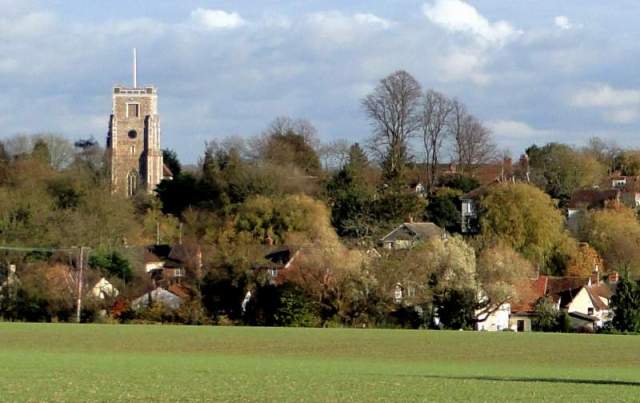
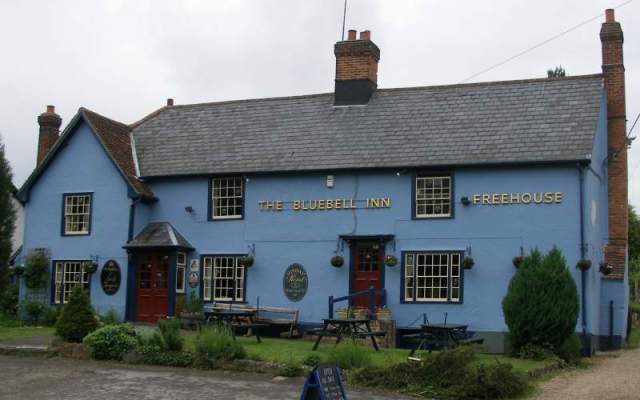
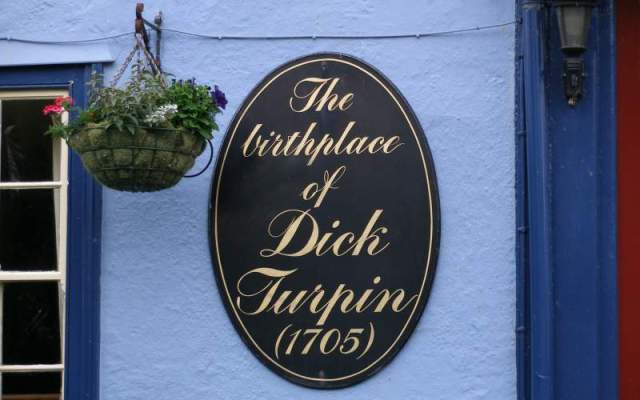
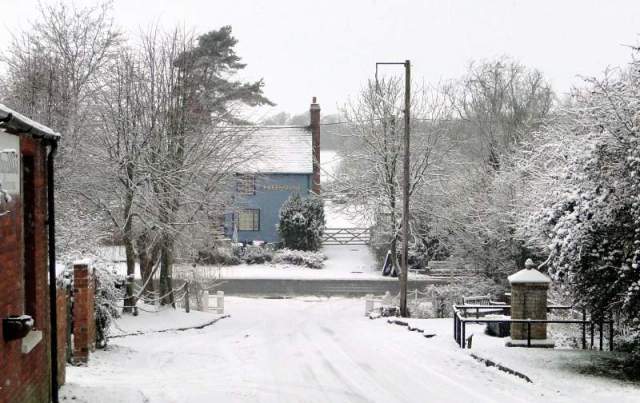
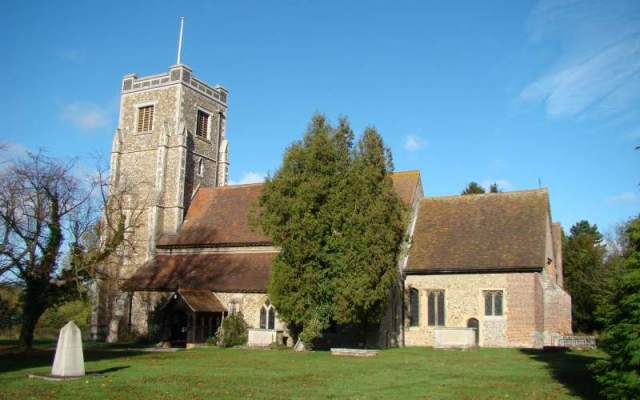
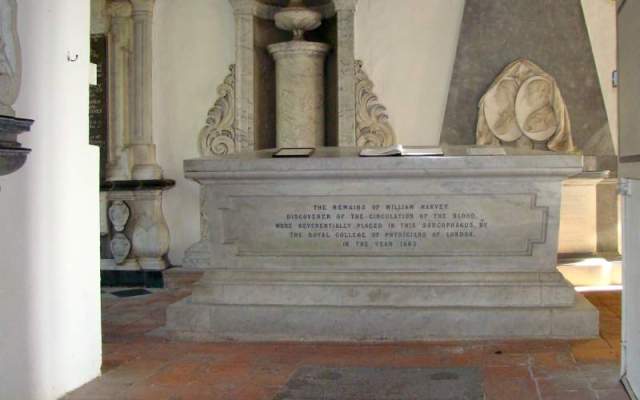
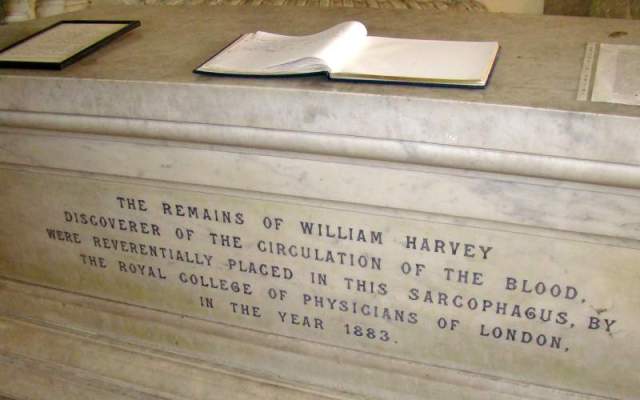
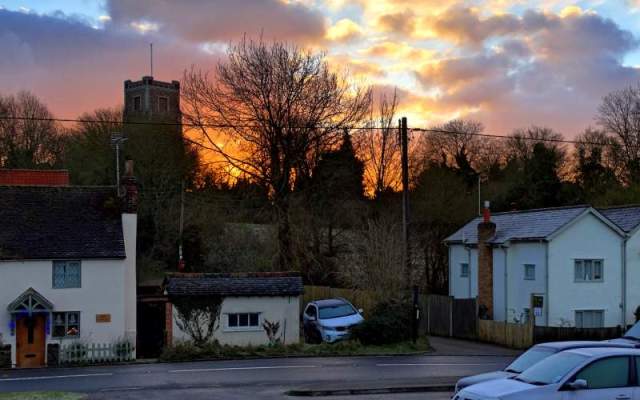
Dear poster: I am writing an article about Dr. Harvey and I plan to contribute it to a journal in China. While searching for background info about Dr. Harvey I came across your posting. I wonder if you would allow me to use one of the pictures in your posting (the sixth one, the one the sarcophagus) in my article. Please advise and thanks a lot. Larry
LikeLike
Hi Larry, Thank you for getting in touch. You may use the picture of the sarcophagus provided you quote the source. I would be grateful if you added my name and the name of the Website. When you have written the article, perhaps you would email me a copy to adrianprockter@gmail.com.
LikeLike
Hi Adrian, thank you so much for allowing me to use the picture. Certainly I will point out the source, especially your name (may I assume your email address reflects your true name so I understand your name is Adrian Prockter?) . For the article, I am sorry I forgot to mention that it is written in Chinese. It’s quite a long piece, about 40000 characters in Chinese. So it’ll be too challenging to translate the whole article to English. But I will translate the section that mentions the sarcophagus (probably starting from Harvey’s last day till the time when the Royal College of Physicians moved his lead coffin into the sarcophagus). Thank you again! Larry
LikeLike
Yes, I am Adrian Prockter. I had not realised it would be in Chinese. Good luck with your project.
LikeLike